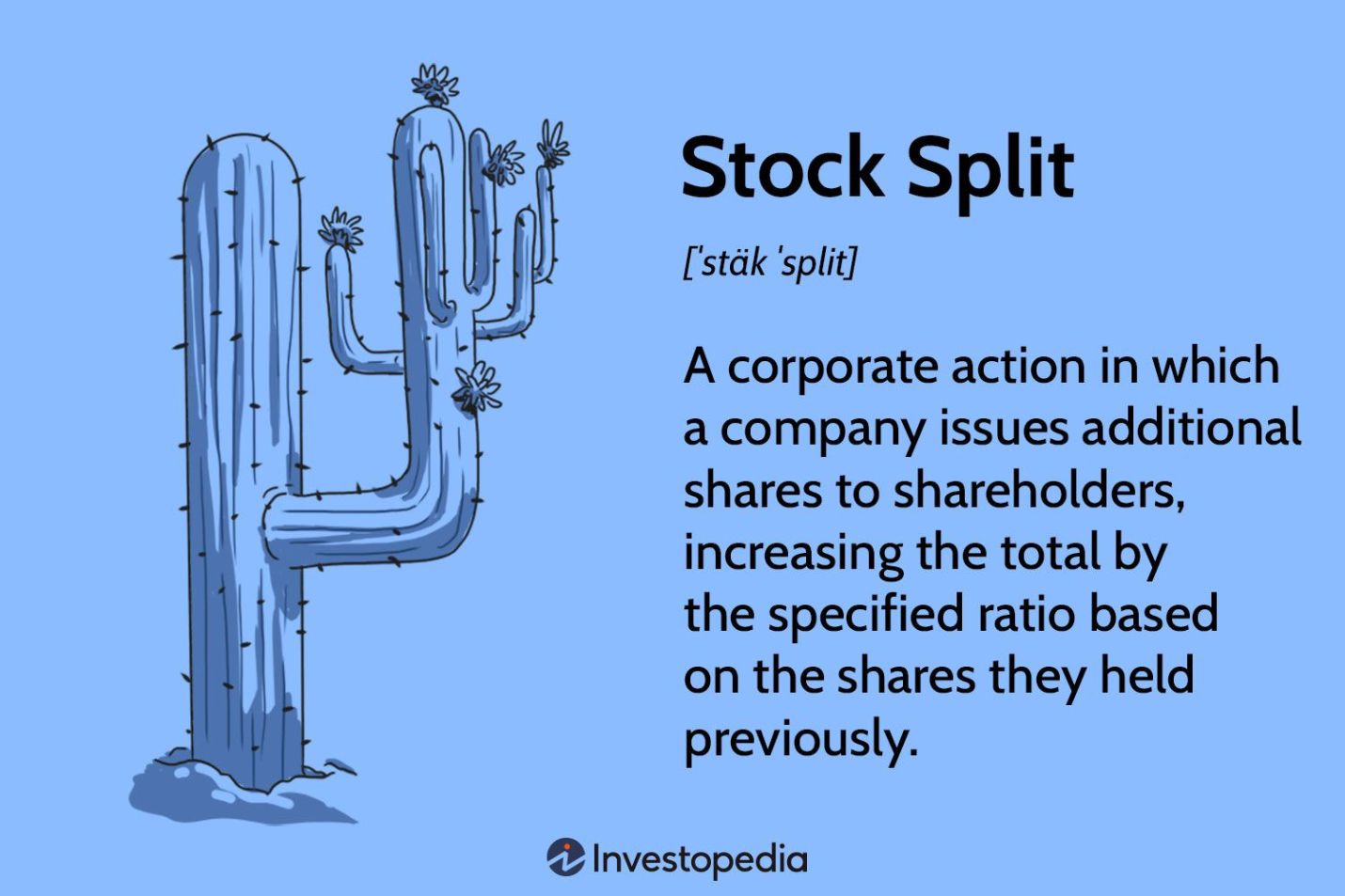Free Courses Sale ends Soon, Get It Now


Free Courses Sale ends Soon, Get It Now



Copyright infringement not intended
Picture Courtesy: www.investopedia.com
Context: Stock splits are routine corporate actions where a company divides its existing shares into multiple shares, reducing the price per share without changing its market capitalization.
Stock Split
About
Motives Behind Stock Splits
Implications for Investors
Market Dynamics and Investor Behavior
Conclusion
|
PRACTICE QUESTION Q. What is the role of the Securities and Exchange Board of India (SEBI) in regulating and overseeing the Indian securities market, and what are some key initiatives or regulations that SEBI has implemented to ensure investor protection and market integrity? |
© 2024 iasgyan. All right reserved